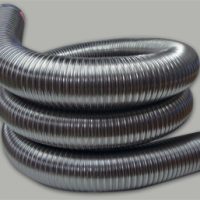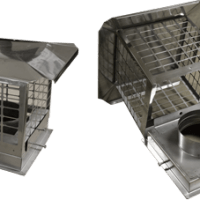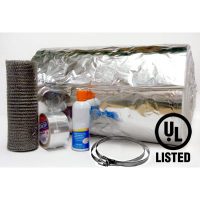By: John Haynes
There are many situations involving water heaters that can be done by a homeowner. But there are many more that require the experience of a plumber and sometimes an electrician. Only work on water heaters if you’re handy and comfortable that you know what you’re about to do.
Before doing plumbing work you must perform these safety steps:
Turn the electricity off if you have an electric water heater or turn the gas control knob to PILOT if you have a gas water heater.
Find the cold water line on top of the water heater and turn the gate valve off. The cold line is always located on the right hand side as you face the water heater.
Open a hot tap inside the house at any sink. This relieves pressure on the lines.
Twist the knob on the drain valve to open it on the water heater. It’s located at the bottom of the water heater and looks like a hose bib. Drain out a gallon of water from the water heater, so it’s not completely full at the plumbing connections on top.
Tell everyone in the house or building to use cold water only.
Whenever removing electric elements on an electric water heater, be sure that the electricity is turned off.
Whenever replacing the drain valve on a gas or electric water heater, be sure to turn the gas control knob to PILOT or to turn the electricity off.
Check the gas connections on your gas water heater by spraying liquid glass cleaner on them. If you have a gas leak. The glass cleaner will spit and foam slightly if you have a gas leak.
At this point you need to be careful that the gas fumes do not backdraft into the house. When the gas fumes from a gas water heater travel up and out the draft diverter on top of the gas water heater, they go to the outside of your house through a vent. The fumes can sometimes be pulled back into a chimney flue, an open window, or an air conditioner. If you smell fumes inside the house, call a plumber immediately.
If you are insulating your pipes for your water heater, do not cover dielectric unions, fittings, or copper flex lines. The insulation will cause the water to stay on the surface underneath and cause more damage from leaky pipes. Never put insulation on the tin draft diverter located above the gas water heat. The insulation can ignite.
If you know you have a recirculating loop for you water heater, it is a good idea to have a ball valve before the point where the loop connects to you water heater. If you have any type of pump located on this line, have a plumbing professional install a ball valve before the pump also.
Again, if you are not certain of your ability to work on a water heater in any way, get a professional service technician to help you.
Check out http://www.waterheater-info.com or contact [email protected] for information on solar water heaters (they’re the ultimate in energy efficiency), tankless water heaters (they save you money on your energy bill), traditional tank-type water heaters (they’re the cheapest and easiest to install), water heater repair and maintenance, brand information, warranty information and which installer to hire.






